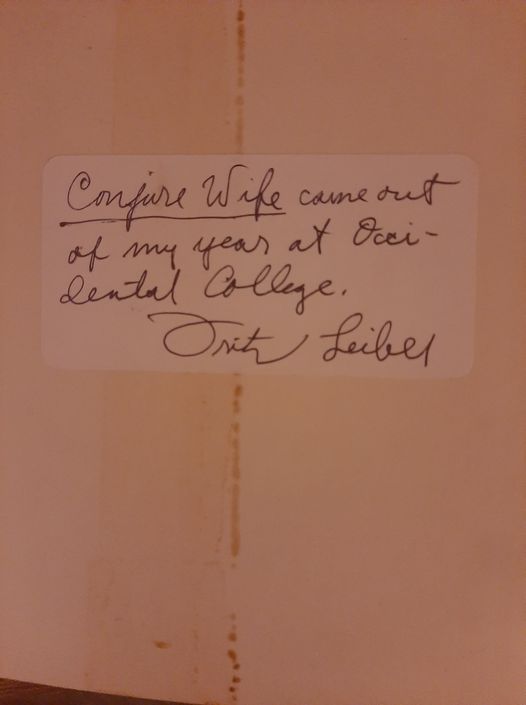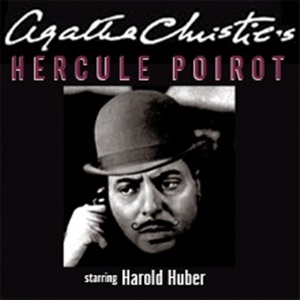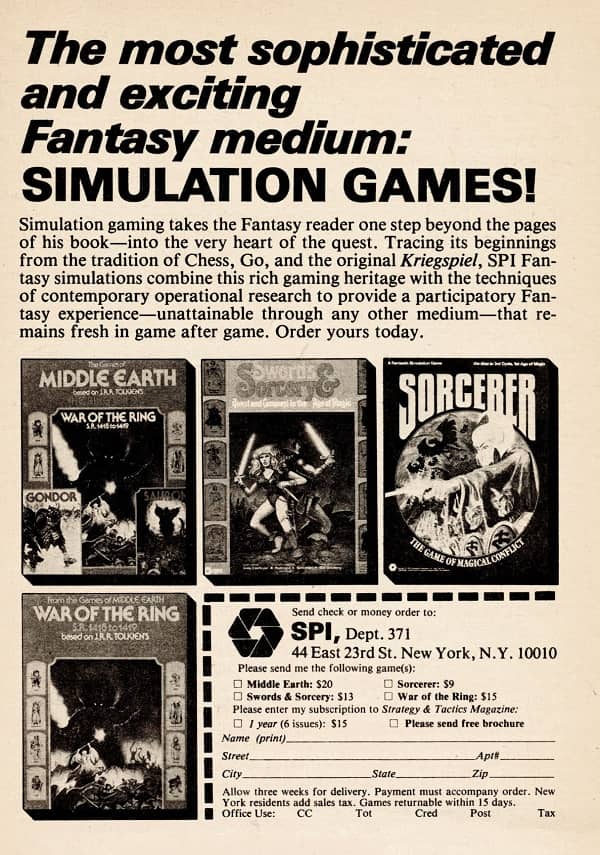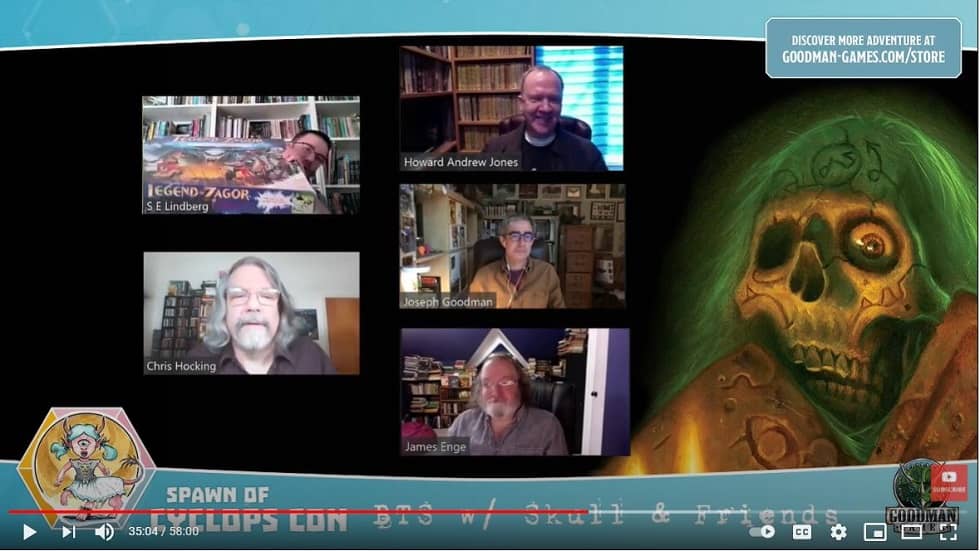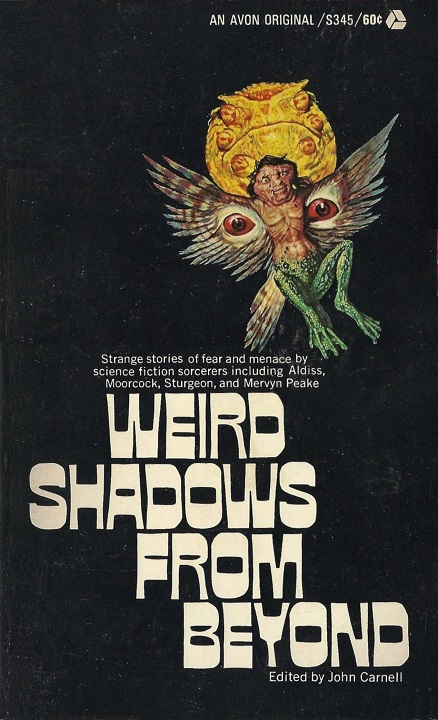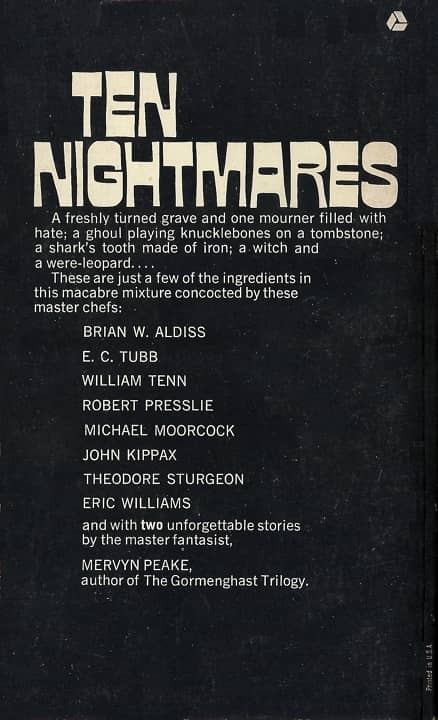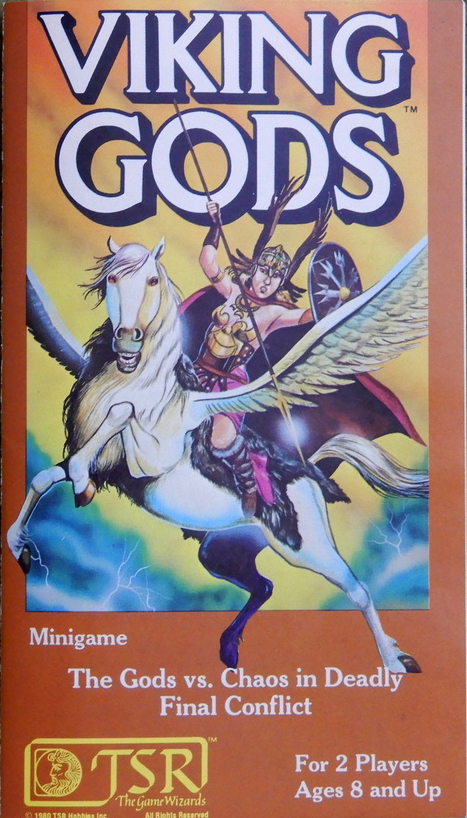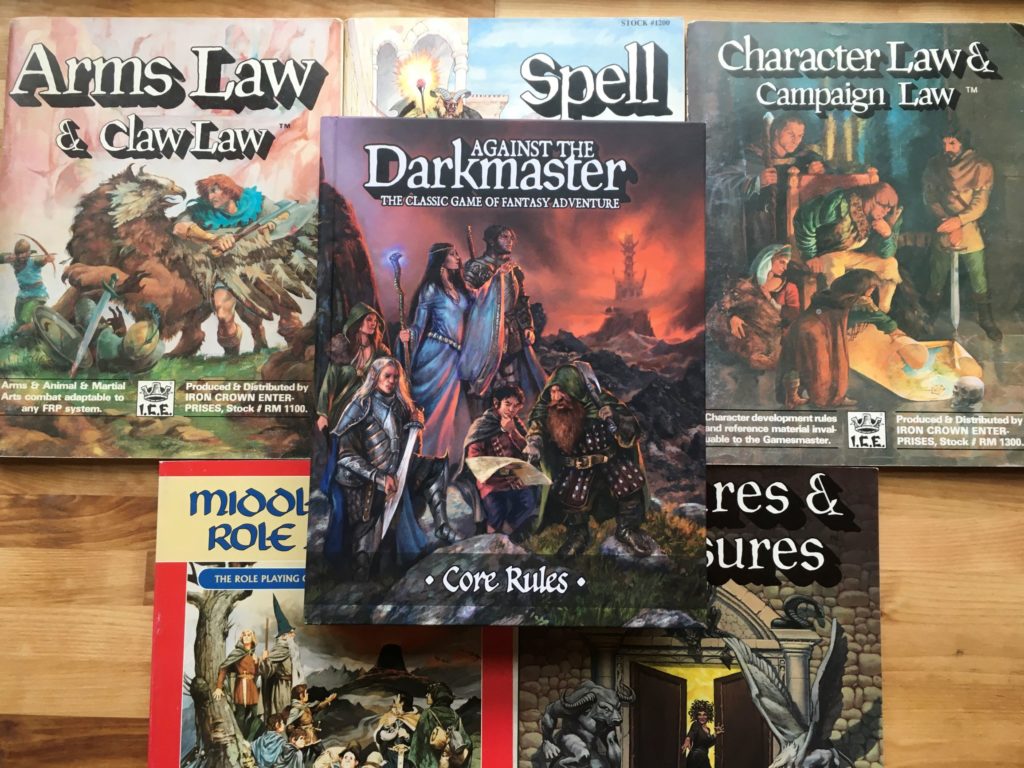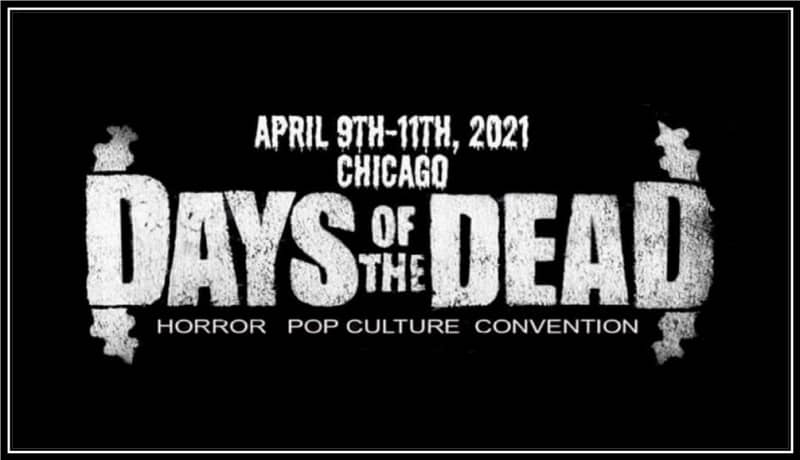New Treasures: The Complete Ivy Frost by Donald Wandrei
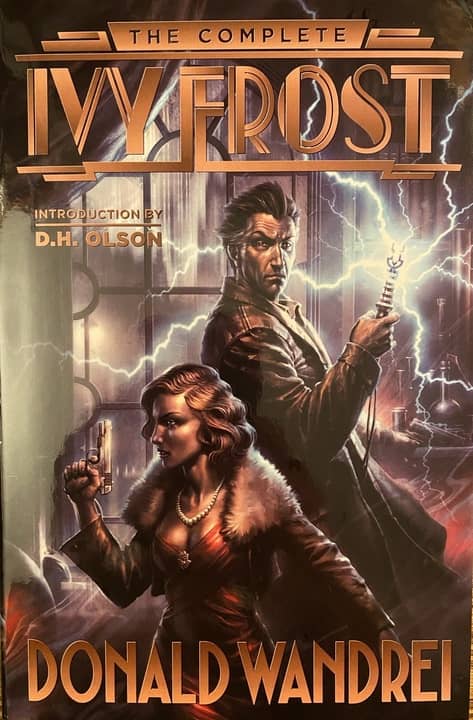 |
 |
The Complete Ivy Frost (Haffner Books, December 2020). Cover by Raymond Swanland
No one else is doing the kind of superb work Stephen Haffner is, bringing pulp authors back into print in gorgeous archival-quality hardcovers that are within reach of the average collector. His latest release is The Complete Ivy Frost, which gathers together all eighteen stories of Donald Wandrei’s pulp supersleuth Professor I. V. “Ivy” Frost, one of the most popular characters to ever appear in Clues Detective Stories.
Are these classic tales still of interest to modern readers? Don’t take my word for it — here’s an excerpt from Steven R. Harbin’s Amazon review of Frost, the 2000 Fedogan and Bremer collection that gathered the first eight stories.
Donald Wandrei was one of the great pulp writers of the late 20’s and early 30’s. He’s best known for his cosmic science fiction and his macabre horror stories, and indeed was a Weird Tales Magazine and Astounding Stories regular. The eight stories in this collection show that he could also write pulp detective fiction with the best of them. His investigator Professor I. V. “Ivy” Frost is a mix of supersleuth, inventor, scientist, and master fighter all rolled into one. Deadly, logical, courageous, and stoic like the more famous denizen of Baker Street, he is also a man with a super gadget or two up his sleeve. In addition he just happens to have a beautiful, brainy, gutsy, blonde assistant named Jean Moray, who has her own advanced degrees AND a garter belt thigh holster complete with pearl handled .25. The slyly humorous romantic/sexual tension between Frost and Moray made the stories as far as I was concerned.
The editors of Clue Magazine asked Wandrei to develop a series character in an effort to compete with the more well known hard boiled fiction of Black Mask Magazine. Wandrei’s ratiocinative adventurer quickly became one of the most popular series characters in Clue‘s history…
Here’s publisher Stephen Haffner’s book description.
…
